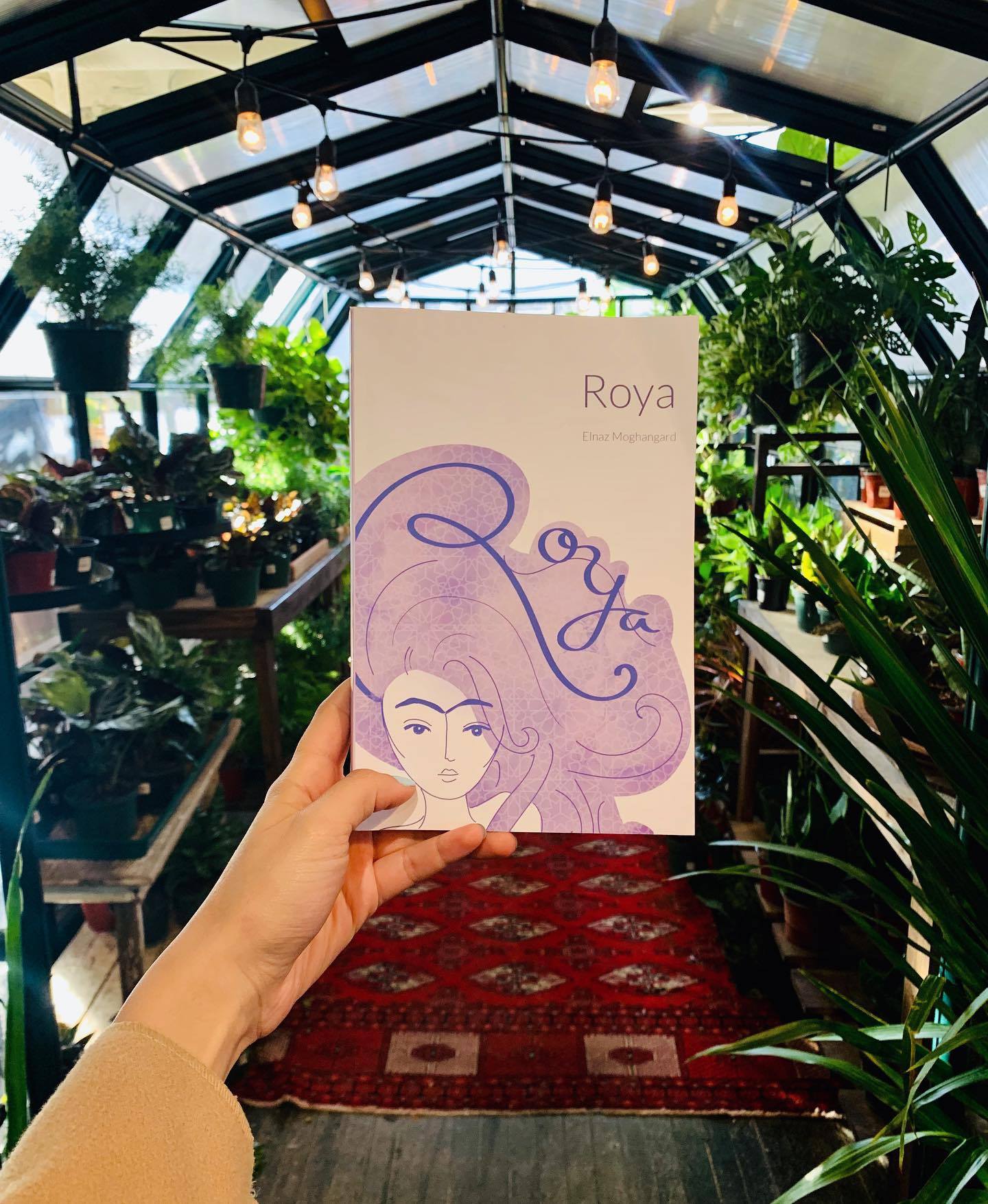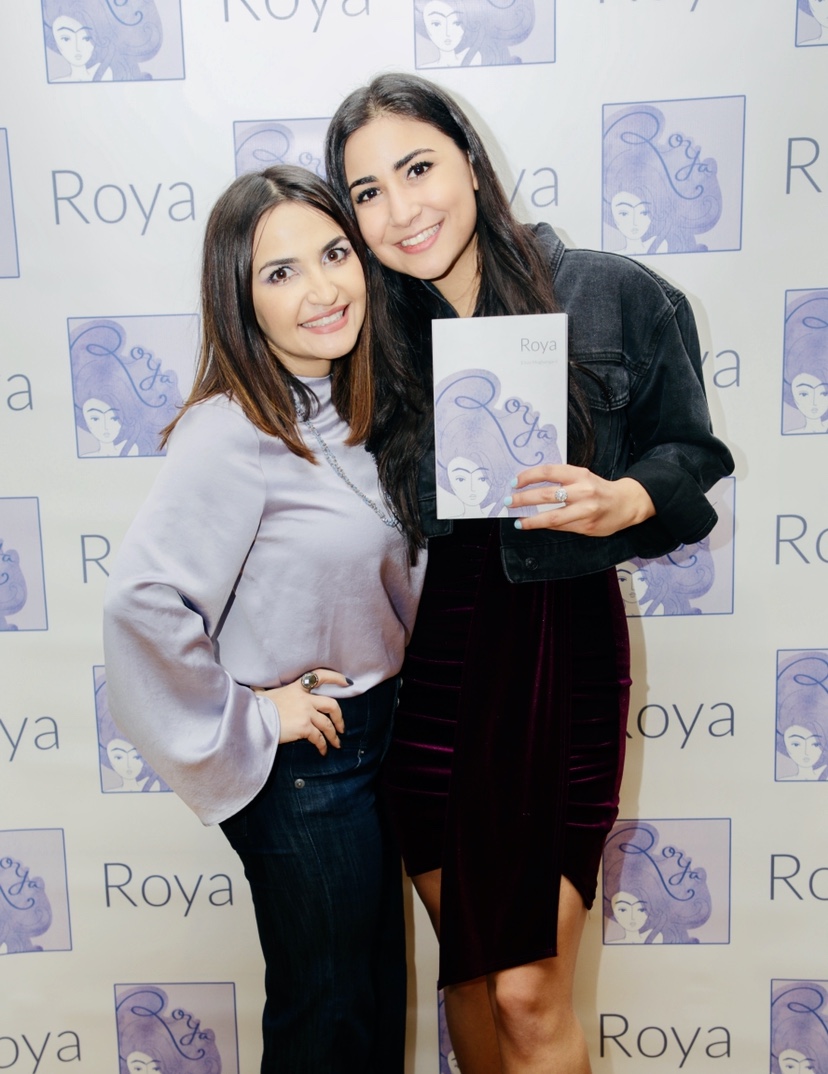I remember growing up with my eyes glued to the TV screen. Mary-Kate and Ashley Olsen’s Passport to Paris was one of my childhood favorites. Two twins on an adventure exploring the wonders of the city and the budding affection of young romance. I mean, I definitely enjoyed it. But, I couldn’t relate. Yeah, I wasn’t a twin and hadn’t been to Paris yet. But, that wasn’t it.
I remember feeling I wasn’t like them. You know, a “real” American ––a full on, white, blonde hair kind of American. The kind of American you think of and don’t have to explain.
“I’m American…well I was born here… but my family is from Iran… but they’ve been here for like forever… and I was raised here my whole life…I guess that makes me Iranian-American…but I mean… I was raised here.” That is the kind of explaining I am talking about.
I found some refuge in familiarity by watching Bollywood films. Yeah, it’s a totally different culture. I understood that even then. But, at least our skin colors and hair sort of matched. I lost myself in those three hour sagas ––twirling colors of beaded saris, the running in the hills, the music that turned every film into a musical. I was too young to understand what I was watching, but I felt my way through those films ––the roller coaster of emotions that carried you to places beyond yourself, all packed in one movie.
When I reached young adulthood, I wanted to finally explore more of my own Iranian culture. I don’t know when it suddenly felt “cool,” but I yearned for that understanding. My first exposure to the Persian arts was music, and it remains my strongest connection to my culture to this day. Music doesn’t rely on language alone to convey its meaning. And it is the melodic notes, the initial few seconds of a song, that will continue to carry me back into memories of my childhood.
My next introduction to Persian culture came through the teaching of the world-renowned poet and philosopher, Rumi. Curled on the couch of the University of Miami Starbucks where I attended undergrad, I’d grip those pages in search of some insight on the human condition. I had trouble connecting to any particular religious doctrine, but I knew there was an underlying message of universal love within all teachings. So, in those humid Miami days, I’d escape into the poetry trying to piece together the fragments of what makes us human ––the love, the heartbreak, and the healing that weaves us all together.
It was in that Starbucks when I first began writing the initial pages of my novel Roya ––an endeavor that would take six years to complete. I graduated and attended law school. In the years in-between, my path brushed upon both new and familiar faces that left their impression on me.
People often ask me if the story is an autobiography. I laugh, because the work of any writer is a delicate and subconscious process in which imagination and experience meet. The story in itself is a product of my imagination, but the themes of the book are a product of the stories people have been kind enough to share with me. So, in essence, the heart of this novel comes from me and all who have shared pieces of themselves with me.
If I did my job right, I hope readers, regardless of their background, see pieces of themselves in those underlying themes that make us human ––the emotions we share. Yet, I write this story specifically as a companion to those lost in the fog of identity. To the ones who sometimes feel like they do not belong in either category that society often designates. I write it for all, but especially for Iranian-Americans, who often don’t receive full representation in the arts.
Roya is like an internal odyssey. It is a story of generational differences, heartbreak, loss, and confusion. Yet, it is a story of family, timeless love, healing, renewal, forgiveness, and hope. I refer to the novel technically as a coming-of-age story about a young Iranian-American woman. But, I think I like the word “becoming.”
Roya is a story of a young woman’s discovery of self and her becoming. More than a transition into adulthood, it is a story of inner growth towards wholeness.
Many Iranian films tend to leave the ending scene half spoken for. Often times, there is this feeling of sadness captured in those final moments. I’d like to think that in the empty space of the unknown and those incomplete stories, we have a choice as an audience. Much like in real life, we can either fill the space with dismay, or we can fill it with hope.
As for Roya, I encourage readers to see for themselves what this story means. In the end, I hope it’s both a mirror and a bridge shared between cultures.
As for me, the Olsen twin loving and Bollywood fan girl inside me lives on. Perhaps, that is why I am here today. I was told to create the things I wish existed, and the cultures I have been exposed to have influenced me. Roya doesn’t have twirling saris, but it has music and hills. The protagonist in Roya doesn’t have blonde hair, but she is still American. She wasn’t raised in Iran, but she is still Iranian.
Now, I don’t see this dual identity as a burden to be explained. Instead, it is something to be celebrated.
—————————————————————————————————
Books available for purchase online at Amazon and Barnes & Noble.
About the Author: Elnaz Moghangard is making her novel debut with Roya. As an Iranian-American woman, she sees the merging of these two identities as one of her greatest strengths. She believes storytelling is more than just an art form; it is a way to bridge worlds.
She has a background in International Relations, Journalism, and Business Law from the University of Miami, as well as a Juris Doctor from George Washington University Law School. She is also the Founder of Millennial Nomaad ––a creative empowerment movement capturing the voice of the “wandering generation.”







